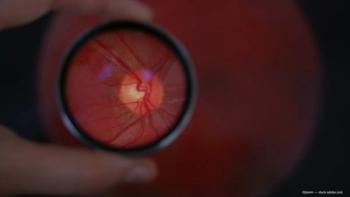
Prevent Blindness officials discuss National Academies of Sciences, Engineering, and Medicine's report on myopia
Key Takeaways
- Myopia is expected to affect 50% of the global population by 2050, up from 23% in 2000.
- Experts recommend classifying myopia as a disease and stress the importance of outdoor activities and early detection.
Jeff Todd, president and CEO of Prevent Blindness, and Donna Fishman, Director of the National Center for Children’s Vision and Eye Health at Prevent Blindness, join David Hutton of Ophthalmology Times to discuss the report.
The National Academies of Sciences, Engineering, and Medicine's report on myopia highlights that by 2050, 50% of the world's population will be nearsighted, up from 23% in 2000.
Jeff Todd, president and CEO of Prevent Blindness, and Donna Fishman, Director of the National Center for Children’s Vision and Eye Health at Prevent Blindness, join David Hutton of Ophthalmology Times to discuss the report, which recommends classifying myopia as a disease and emphasizes the need for more outdoor time and early detection.
The report also notes that lifestyle factors, such as screen time, and environmental factors, like genetics, contribute to myopia. The report calls for increased research, better data collection, and more pediatric eye care providers. Prevent Blindness plans to use the findings to advocate for policy changes and increased public awareness.
Newsletter
Don’t miss out—get Ophthalmology Times updates on the latest clinical advancements and expert interviews, straight to your inbox.









































